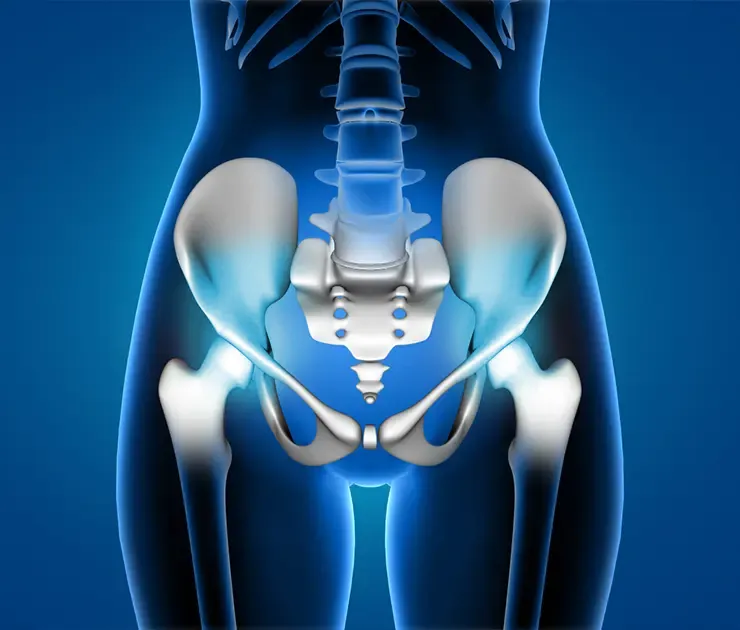Sacroiliac Joint Pain
What typically causes sacroiliac joint pain?
Your sacroiliac joint is a large joint in your body located between the sacrum and ilium bones of the pelvis. This joint is a complex combination of bone, cartilage, tendons, and ligaments. Acute injuries cause sudden pain and loss of range of motion when part of the sacroiliac joint breaks, tears, or over-stretches. Fractures (broken bones) and dislocations, where the bones in the sacroiliac joint separate, are some of the most severe acute injuries.
Common causes of sacroiliac joint pain include advancing age, being overweight, previous injuries to the sacroiliac joint, repetitive stress on the joint from specific activities or jobs, a family history of arthritis, sacroiliac joint dysplasia (abnormal joint structure), and certain autoimmune conditions such as rheumatoid arthritis or psoriatic arthritis.

What is sacroiliac joint arthritis?
Sacroiliac joint arthritis is a condition that occurs when the cartilage within the joint wears down, often leaving exposed bone with free nerve endings that are painful with weight bearing activities. Internally rotating the upper leg and sitting with one heel on the knee can be difficult to do because of the limitation in range of motion.
What is sacroiliac joint ligament sprain?
The ligaments in the sacroiliac (SI) joint stabilize the joint, connect the bones, and help absorb forces between the spine and legs. A sprain of the SI joint ligaments is most commonly caused by a traumatic injury such as a fall directly onto the buttocks, a car accident, or a sudden twisting motion during sports. However, it can also be triggered by repetitive stress from activities like heavy lifting, pregnancy, leg length discrepancies, or pre-existing conditions like arthritis that weaken the joint over time.
How is sacroiliac joint pain diagnosed?
The Bioinfinity Regenerative Medicine team has extensive experience diagnosing sacroiliac joint pain. We review your medical history, complete a physical exam, and discuss your symptoms. Imaging procedures such as an MRI, CT scan, or X-rays are often needed to allow your provider to see the bones and tissues inside your sacroiliac joint so they can identify the cause of your pain.

